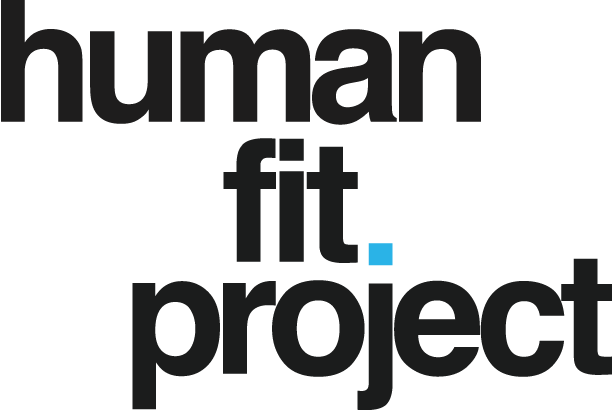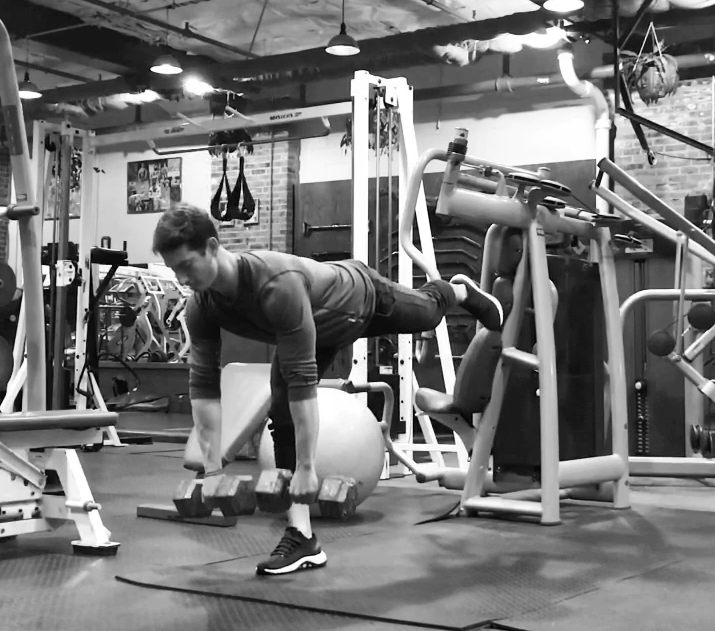Over the last couple of years, I started incorporating some running backwards into my regular runs. I did this because I do deal with some occasional knee pain. That knee pain usually comes on when I haven’t been training my hamstrings and glutes enough. An extra emphasis on single-leg deadlifts, hamstring curls, and sumo deadlifts usually do the trick. If I had a sled, I’d probably drag that thing backwards. Slate board squats are also helpful. But, another trick has been some sprints while running backwards. Why do I think? Strengthening imbalances…
Want to start running? Check out our guide on how to start for the first time.
Do you deal with knee pain sometimes too? Here’s what I did to calm mine down.
Are you doing anything weird like backwards running? Let us know on Instagram (@humanfitproject).
Why Running Backwards Makes Perfect Sense
First, the muscle groups that are used are different. When running forwards, the quadriceps, hamstrings, and glutes are the primary muscle groups that are used. When going backwards, the muscles of the lower back, glutes, and the calves are more engaged.
Second, running backwards requires more balance and coordination than running forwards. Because the body is moving in the opposite direction of what it is used to, the brain has to work harder to maintain balance and coordination. This can help to improve balance and coordination over time.
Lastly, backwards can also work different neural pathways than walking forwards, which can lead to a better muscle memory and improved overall motor control.
Here’s One Way to Do It
An easy way to incorporate it into your workout is to start with a short distance and gradually increase it over time. Here is an example workout that you can try:
- Warm-up: Start by walking backwards for 1-2 minutes to get your muscles ready for the workout.
- Backwards running: Once you are warmed up, start with backwards for 30 seconds at a moderate pace.
- Forward running: After 30 seconds of going backwards, switch to running forward for 30 seconds.
- Repeat: Repeat this pattern of backwards running and forward running for a total of 10-15 minutes.
What else you might like: 10 exercises you need to add to your routine


